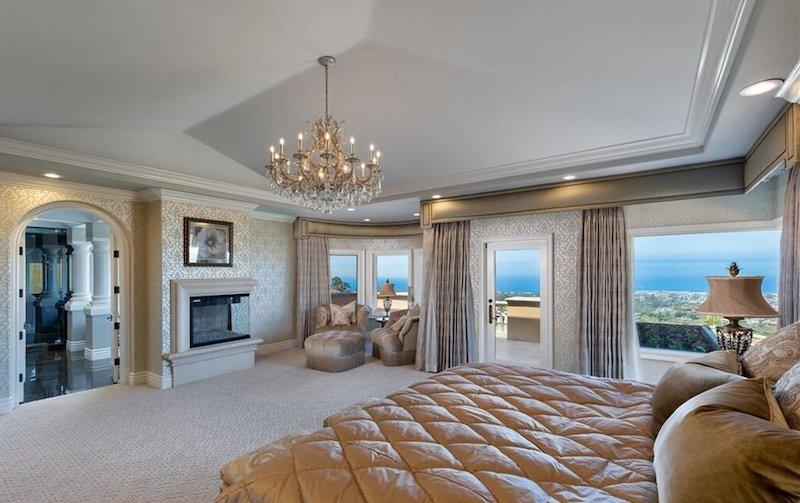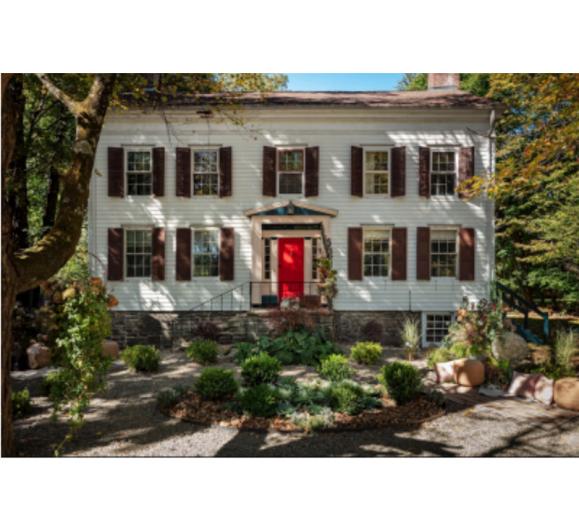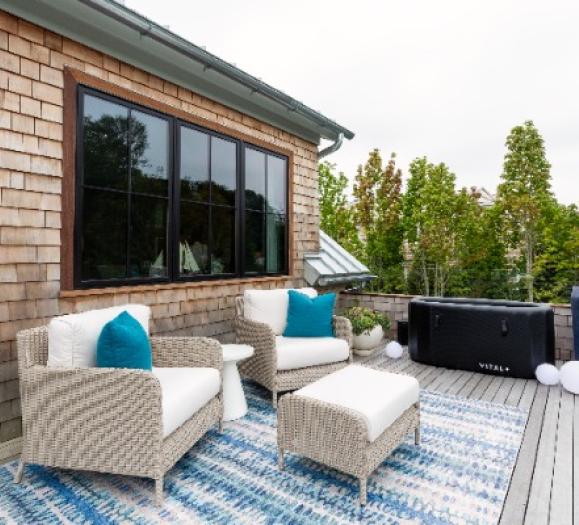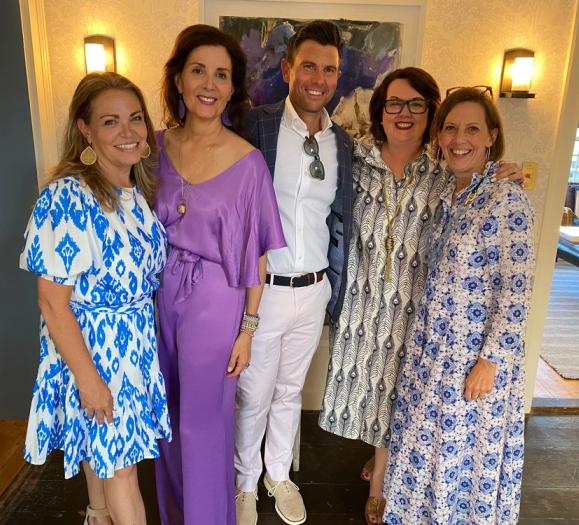Building luxury takes time and commitment. When it comes to luxury interior design, the meaning goes beyond merely a price tag.
In today’s design environment, luxury clients expect a result that combines form, function and uniqueness rolled into one. They crave a home that reflects their placement and personality rather than being specifically stylized, and expect customization tailored to their individual needs and aesthetic.
“In the past luxury clients cared less about function — they just wanted fabulous,” says Dann Foley, Founder and Interior Designer at Foley & Stinnette.“What we’re looking for in both a primary and secondary home today, is both.”

Oftentimes, luxury clients would ask for a specific look or style, ranging from things like “city modern” to “Italian Riviera.” Now the focus has shifted toward encapsulating a client’s lifestyle. Designers hope to exemplify who they are as homeowners, and what their desires are.
“We try to emphasize how they personally relate to where their home is: beach, mountain, desert, city — wherever it may be,” says Foley. “It’s more about their experience of that place now, as opposed to thinking, ‘I’m in Florida, so I want a lot of palm tree patterns.’ It’s not dictated by stories that have come before.”
With less focus on motifs, designers are seeing a rise in custom-made furnishings within the luxury market.
“The five percenters are able to spend money on that custom, couture look,” says Goff Christian, Designer and Owner of Christian Designs LLC. “A lot of the pieces I sell or make are one of a kind. I do my own designing and upholstery as well. Luxury clients are typically okay with waiting if they have something coming that is specific to them.”
Luxury homeowners remodeling their kitchens in Houston, for example, spent $90,000 at the top five percent of the market and about four times that, or $370,000, at the top 0.5 percent in 2019, according to Houzz. Homeowners in San Francisco spent $157,000 at the top five percent of the market and nearly twice that, $350,000, at the top 0.5 percent. In response, designers have begun personalizing various elements within the kitchen including cabinet styles and details. As opposed to the clean, modern slabbed doors of the ‘90s and early 2000s, clients now want more dimension and embellishment.

“Nowadays the frame that’s around each door and door panel isn’t around them all individually,” Foley says. “It’s around the cabinet stack as one, and it feels much more like custom cabinetry, because it is. If we do a slab counter and backsplash in the same material, I’m probably going to use it somewhere else. I might clad the walls or put it on the floor.”
Joni Vanderslice, ASID, NCIDQ, Designer and President of J. Banks Design, has also seen luxury clients become more adventurous in stylizing their kitchen and family rooms.
“They’re way more interested in gorgeous finishings of all the furnishings and textures,” she says. “It’s no longer about wallpaper on the wall, for instance. It might have a unique type of inlay or carving. We’re seeing a lot of interest in spending money on these finishes.”
Designers are also seeing high-end antiques and heirlooms taking center stage again, making home furnishings much more personalized. Decorating a home with pieces from the past can create a captivating sense of history, provide an interesting story and connect to a feeling of nostalgia.
“We’re not talking ‘90s antiques collectors — we’re really talking about a new approach to antiques and traditionalism,” Foley says. “So it is mixed with the modern pieces and the cleaner pieces that we all have come to love.”
Almost any antique or vintage piece will work in a luxury setting, as long as the finish corresponds to something else in the space. Creating correlation between old and new pieces is important for striking the right balance. Vintage ottomans under cocktail tables or under console tables, for example, are useful for putting your feet up and relaxing, or placing a tray on top while entertaining.

Luxury clients are also embracing color in 2022, and aren’t afraid to make a bold statement even with a single material or color. Pre-COVID, Foley says several designs were centered around all-white kitchens and gray on gray. Now, both are passé.
“With our high-end client, we’re using a strong statement color as the neutral and creating bold spots across the room,” he says. “Sometimes I’ll use it on the walls, along the ceiling or even in the upholstery of major pieces in a room.”
A few years ago clients were just warming up to the idea of colorful cabinetry. Now, they’ve embraced blues, greens and, according to Foley, “frankly, any color that comes to mind.”
“Kitchens have become more and more personalized through color as well, and the same goes for our bathrooms,” he says. “They don’t have to be all white and stark to feel fresh and clean. There’s so much there in the range of materials that is available, especially to our luxury clients.”
Use of color and unique design made a difference on one of Christian’s recent vacation rental projects in Long Beach, CA. With so many vacation homes on the market, Christian says he always sets out to design something that catches the eye.
“If you bring a little bit more luxury to those places, it’s going to gravitate to more people wanting to rent those spaces out for longer periods of time,” he says.
Luxury clients are often eager to entertain guests, gravitating toward furnishings that will allow them to do that comfortably. To cater to this, Christian designed an indoor/outdoor space for the vacation home that was conducive to both entertaining or relaxing.
“I wanted to make a really fun outdoor setup with a fire pit sitting area,” he says. “Across the sitting area looking into the house is a TV with another sitting area. I also placed a giant chess board outside thinking it would work well if kids were to play outside, but made them removable so clients could transform that area into a dance floor. It’s about looking at all the potential demographics and trying to put it into one zone, but elevating it so that it touches more people out there.”
With so many people working from home within the luxury market, secondary homes like these have also had to do double duty. In the past, clients may have only had the ability to visit these secondary homes one or two weeks out of the year. Now, rather than vacationing, they’re spending extended time in their secondary homes. And with working from home a common method today, designers are dedicating some space for business, conducive to each client’s personal working preferences.
“It could be something as simple as a really comfortable chair in the living room, family room or great room that has access plugs nearby,” Foley says. “We’re also incorporating great lighting so clients can sit on their computer, make a phone call or even have a Zoom call where they’re seated and comfortable because vacation homes still suggest vacationing,
and relaxing.
Some clients don’t want to be fixed to one particular room or space within the home.
“Maybe they want to move around,” Vanderslice says. “It’s no longer about getting one comfortable space. People now want to carry the laptop to the bar, the island in the kitchen — it’s more about interacting and gathering together comfortably.” FLD







